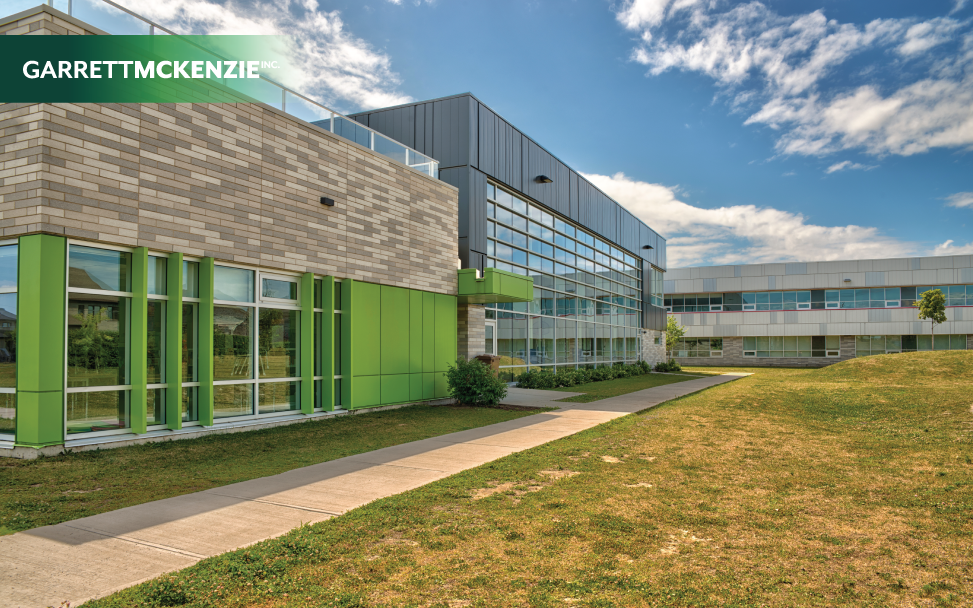Every school district develops a systematized Emergency Operations Plan to prepare, respond, and recover from a natural disaster. While some schools are more prone to hurricanes, flooding, tornadoes, extreme temperatures, and earthquakes, all schools are vulnerable to the effects of nature. Planning for these emergencies is both challenging and crucial. Each school day, approximately 55 million students rely on their schools for more than education; Refuge, family wellness, counseling, childcare, and meal deliveries are other resources offered. Returning to school as quickly as possible is vitally important for most families.
Since 2017, over 300 presidentially declared major disasters have occurred across all 50 states and all U.S. territories. Many of these disasters have devastated K-12 schools, including those in socially vulnerable communities for whom disaster recovery is more challenging. *United States Government Accountability Office, January 2022
Resuming a sense of normalcy after a natural disaster takes a collaboration of partners and resources. Pre- and post-planning occur with local, state, and federal agencies; however, as seen after disasters, schools are not as prepared for the cleanup and restoration process as they should be. Incorporating restoration support contractors in the planning process better positions the school and expedites post-recovery efforts.
There are many critical phases in recovery, power supply, stabilization, mitigation, and restoration. Power outages are prevalent during and after natural disasters, lasting days or weeks depending on the severity of the damage. Delayed response to power supply extends the restoration process, lengthening the school’s recovery time for reopening. Restoration support contractors have wide-ranging experience in disaster recovery missions specializing in emergency response, equipment rentals, and the restoration process. They provide temporary generators, power distribution, temporary cooling and heating units, desiccant dehumidification, structural drying equipment, and supplying equipment setups.
Restoration support contractors deliver cohesive solutions; Calculating electrical loads, understanding restoration equipment power usage, analyzing and offering equipment rental options, coordinating equipment logistics, and partnering with fuel supply companies are all advantages that restoration support contractors fulfill in emergencies.
Recognizing the importance of partnering with restoration support contractors during disaster planning advances greater resilience in recovery. Download our Case Study to see more about restoration support services.


Recent Comments